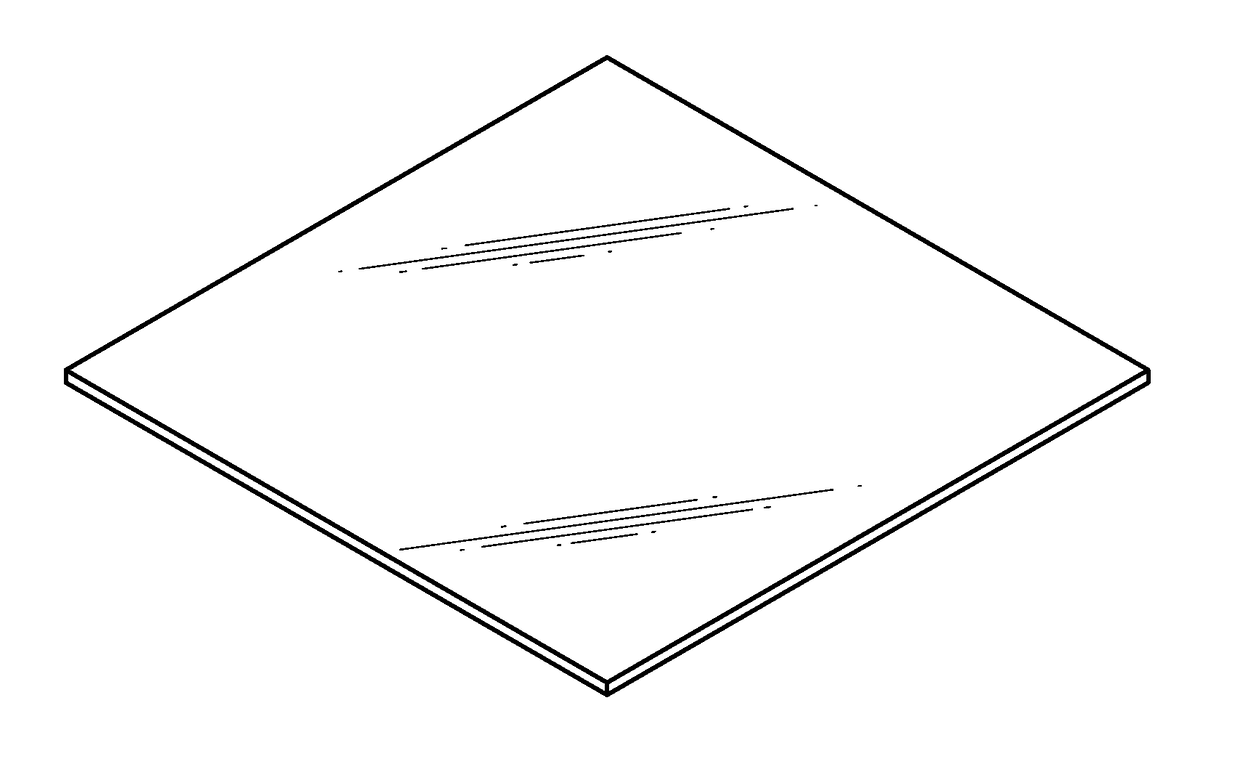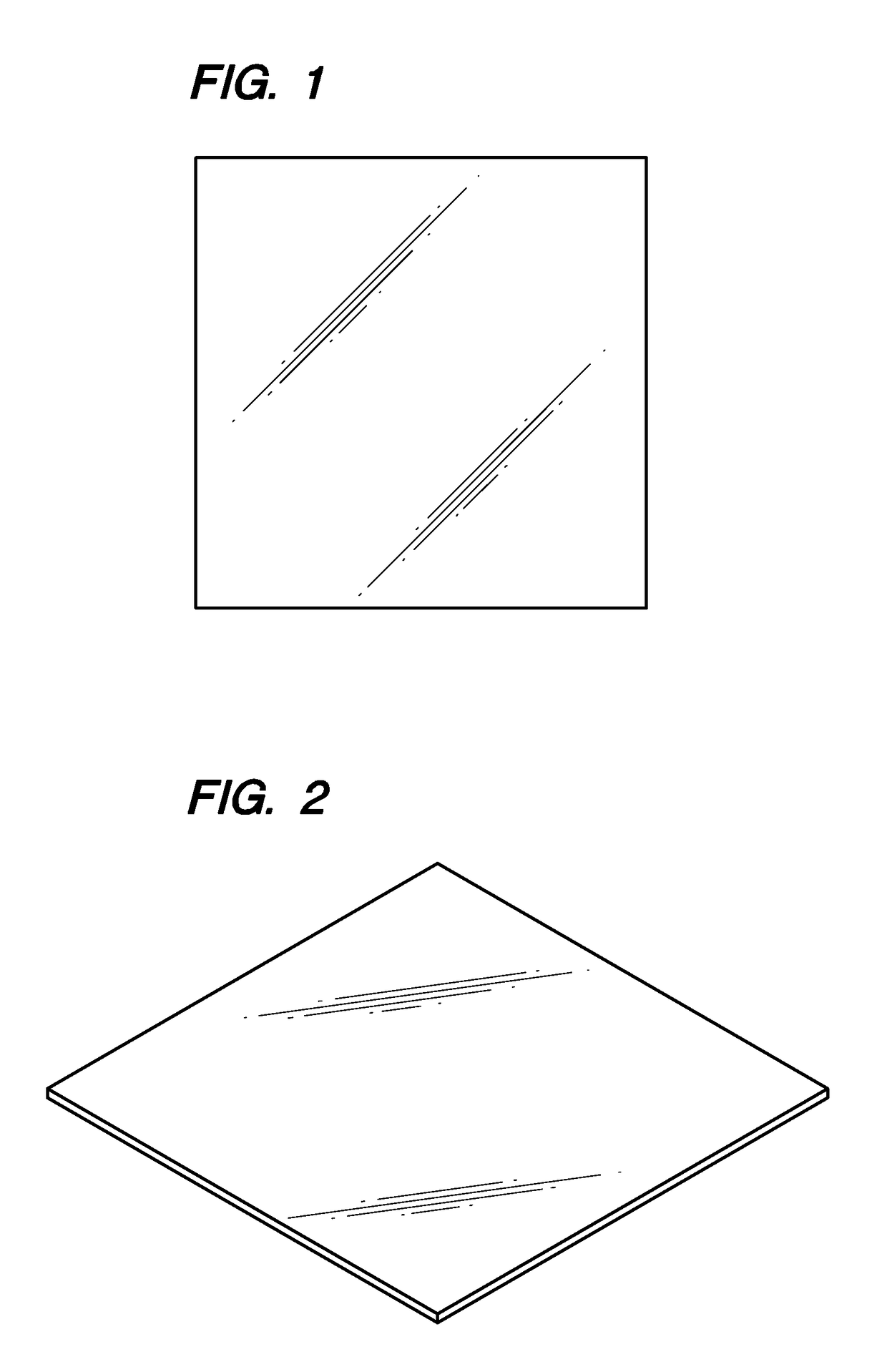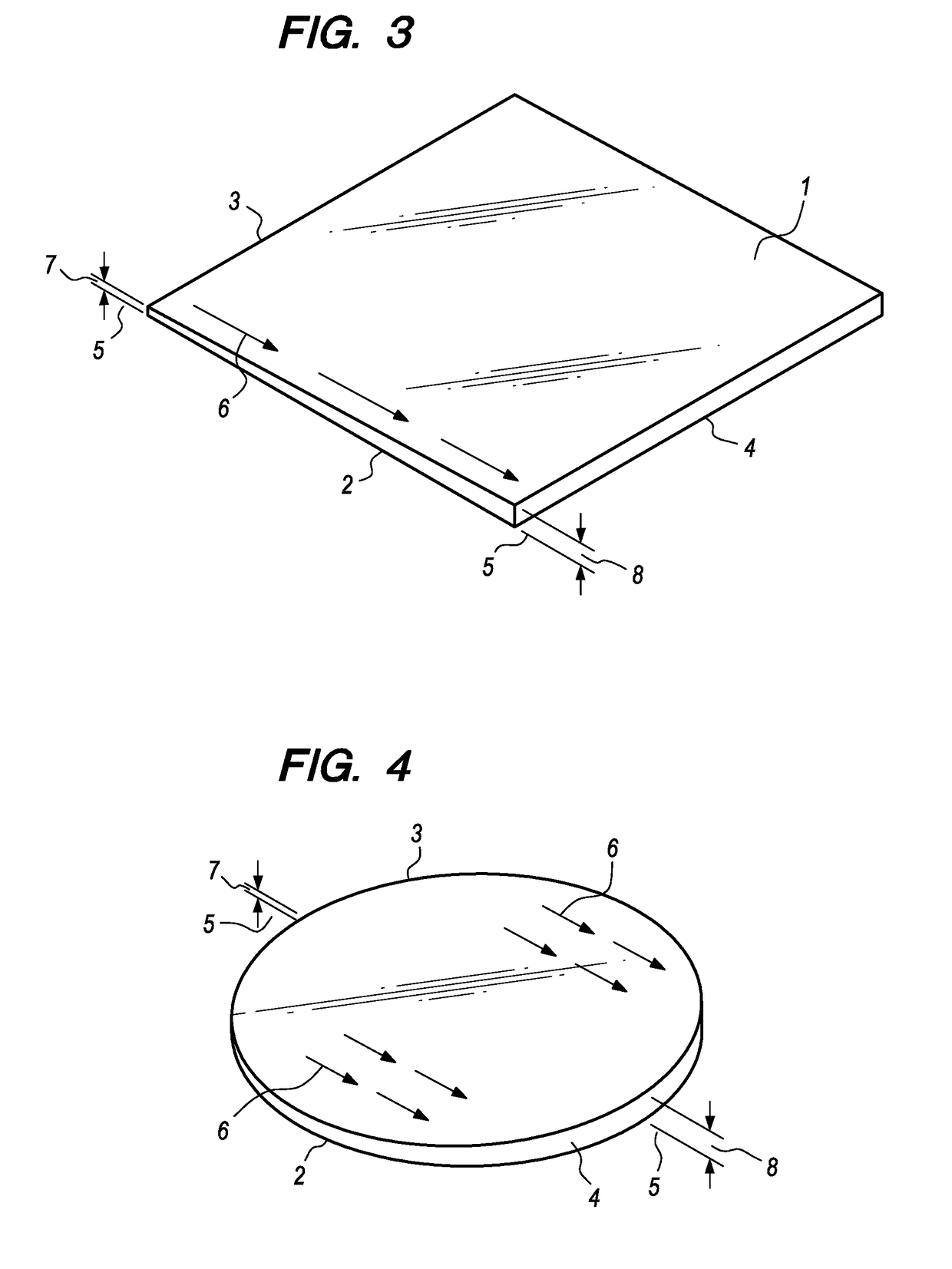Advanced Orthodontic Retainer
a retainer and advanced technology, applied in the field of dental retainers, can solve the problems of affecting the treatment outcome, affecting the treatment effect, so as to improve the durability and functionality, the effect of improving the durability and the functionality
- Summary
- Abstract
- Description
- Claims
- Application Information
AI Technical Summary
Benefits of technology
Problems solved by technology
Method used
Image
Examples
Embodiment Construction
[0020]In the following detailed description of the preferred embodiment, reference is made to the accompanying drawings, which form a part of this application. The drawings show, by way of illustration, specific embodiments in which the invention may be practiced. It is to be understood that other embodiments may be utilized and structural changes may be made without departing from the scope of the present invention.
[0021]The following is a listing of the reference numbers included in the original drawings and the element that each reference number corresponds to and a brief description:
[0022]1. A sheet of thermoplastic material
[0023]2. A thickness of the sheet of thermoplastic material.
[0024]3. A first end of the sheet of thermoplastic material
[0025]4. A second end of the sheet of thermoplastic
[0026]5. A gradient of thickness between the first end 3 and second end 4.
[0027]6. A visible indicator of the direction of the gradient of thickness.
[0028]7. A thickness of the first end 3 of...
PUM
| Property | Measurement | Unit |
|---|---|---|
| thickness | aaaaa | aaaaa |
| thickness | aaaaa | aaaaa |
| thickness | aaaaa | aaaaa |
Abstract
Description
Claims
Application Information
 Login to View More
Login to View More - R&D
- Intellectual Property
- Life Sciences
- Materials
- Tech Scout
- Unparalleled Data Quality
- Higher Quality Content
- 60% Fewer Hallucinations
Browse by: Latest US Patents, China's latest patents, Technical Efficacy Thesaurus, Application Domain, Technology Topic, Popular Technical Reports.
© 2025 PatSnap. All rights reserved.Legal|Privacy policy|Modern Slavery Act Transparency Statement|Sitemap|About US| Contact US: help@patsnap.com



